The Everest Base Camp Trek, spanning 13 days, offers trekkers an immersive experience in Nepal’s stunning landscapes and rich Sherpa culture. It begins with a scenic flight to Lukla, followed by a carefully planned ascent that includes crucial acclimatization stops in Namche Bazar and Dingboche. While the breathtaking views and cultural encounters are often highlighted, the trek’s demands should not be underestimated. Understanding the nuances of preparation, safety, and the trek’s challenges can significantly enhance the experience. What’s often overlooked, however, are the personal transformations that come with such an adventure.
Good To Know
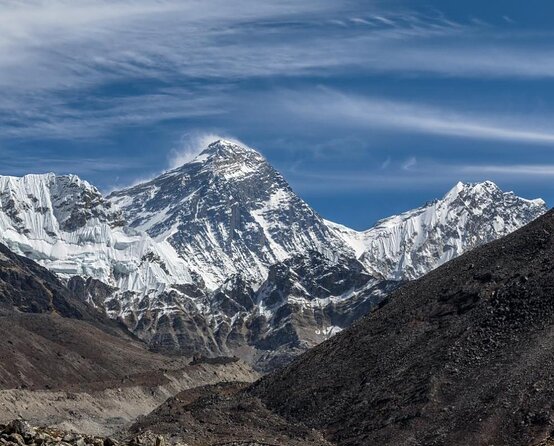
- The Everest Base Camp Trek spans 13 days, starting with a flight to Lukla and culminating at the iconic Everest Base Camp.
- Key stops include Namche Bazar for acclimatization, and Tengboche, home to a historic monastery with stunning views.
- Travelers enjoy accommodations in basic tea houses, with meals and beverages provided, ensuring a comfortable experience.
- Proper acclimatization and moderate physical fitness are essential to successfully navigate varying altitudes and terrains during the trek.
- Essential preparations include quality gear, hydration strategies, and travel insurance covering high-altitude trekking for safety and comfort.
It's also worth checking out some other tours and experiences nearby.
Trek Overview and Highlights
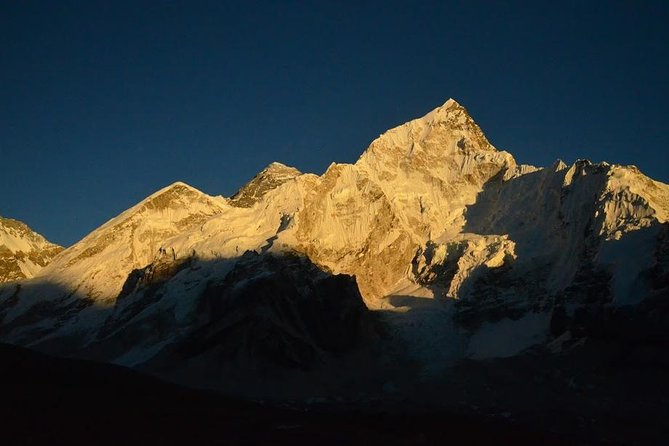
The Everest Base Camp trek is an iconic adventure that draws thrill-seekers from around the globe to the majestic heights of Nepal.
This 13-day journey offers unique experiences, starting with a thrilling flight into Lukla airport, one of the world’s most scenic landing spots.
As trekkers navigate through lush forests and cross swaying hanging bridges, they’ll encounter vibrant Sherpa villages and the bustling hub of Namche Bazar, known as the gateway to Everest.
Highlights include a stay at the Hotel Everest View, the highest hotel on Earth, and a visit to the ancient Tengboche Monastery, which boasts stunning views and a rich history.
This trek promises breathtaking scenery and unforgettable cultural encounters.
Detailed Itinerary
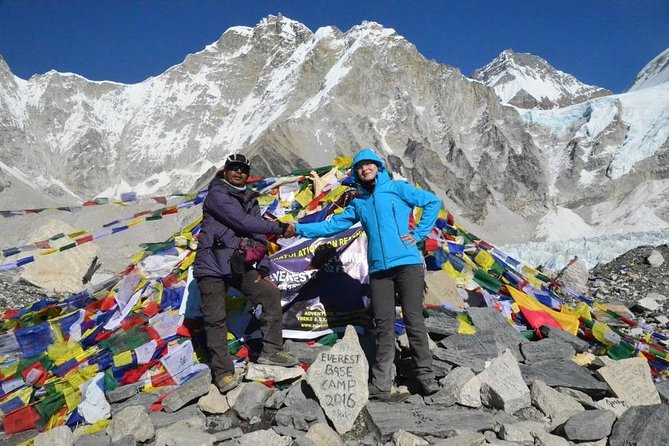
Embarking on the Everest Base Camp trek means immersing oneself in a carefully crafted itinerary that maximizes both adventure and acclimatization.
The journey begins with a flight to Lukla, followed by a trek to Phakding, where trekkers get their first taste of the stunning landscape.
Days two and three focus on reaching Namche Bazar and acclimatizing, essential for the ascent.
The trek continues to Tengboche, known for its monastery, before heading to Dingboche for another acclimatization day.
On day eight, trekkers make the memorable journey to Everest Base Camp, returning to Gorak Shep.
The final days guide them back through the picturesque trails, wrapping up the adventure with a flight back to Kathmandu, leaving unforgettable memories behind.
Inclusions for Travelers
Travelers can expect a range of inclusions that enhance their Everest Base Camp trek experience. The journey starts with airport transfers and a round-trip flight between Kathmandu and Lukla, ensuring a smooth transition to the adventure ahead.
Accommodations consist of basic tea houses, offering cozy twin-sharing rooms with shared bathroom facilities. Meals and beverages, including tea, coffee, and bottled water, are part of the package, providing essential nourishment on the trail.
Plus, extra charges for snacks and hot showers are covered, along with tips for guides and porters, which are mandatory. This thoughtful mix of inclusions allows trekkers to focus on the breathtaking scenery, local culture, and unforgettable memories without the stress of logistics.
Exclusions to Consider
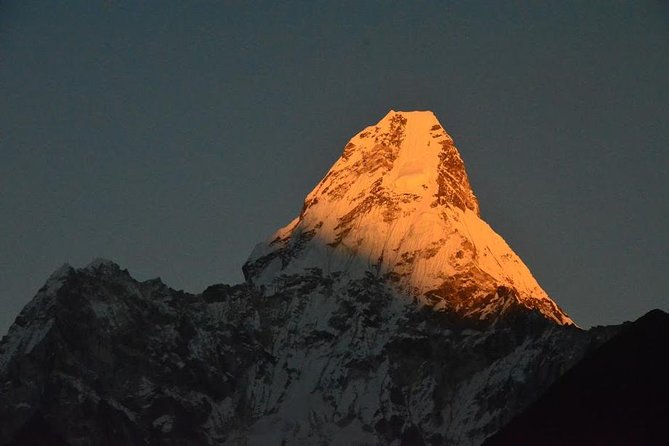
Often overlooked, the exclusions in the Everest Base Camp trek package can significantly impact a traveler’s budget and experience. Many trekkers underestimate these additional costs, which can add up quickly.
Here are a few key exclusions to keep in mind:
-
Extra meals or snacks beyond what’s included in the package, which can be tempting after a long day of trekking.
-
Personal expenses like souvenirs or laundry services, which can vary widely depending on individual choices.
-
Tips for guides and porters, although mandatory, often catch travelers off guard.
Awareness of these exclusions helps trekkers prepare financially and ensures a smoother experience during their adventure in the majestic Himalayas.
Planning ahead allows for a more enjoyable journey without unexpected financial stress.
Essential Trekking Information
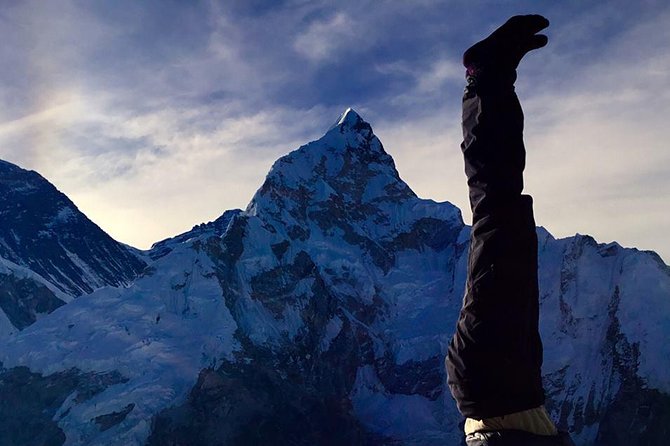
When planning for the Everest Base Camp trek, understanding essential trekking information is crucial for a successful adventure.
Trekking in this stunning region demands moderate physical fitness, as you will face varying altitudes and terrain. It’s vital to acclimatize properly, especially during designated rest days, to avoid altitude sickness.
Trekkers should pack lightweight clothing, sturdy footwear, and essential gear like a sleeping bag and trekking poles. Staying hydrated is key, so carrying a refillable water bottle is recommended.
Plus, travelers should be prepared for basic tea house accommodations, where facilities may be limited.
Lastly, having travel insurance that covers high-altitude trekking can provide peace of mind. Proper preparation ensures trekkers can fully enjoy this unforgettable journey to Everest Base Camp.
Customer Reviews
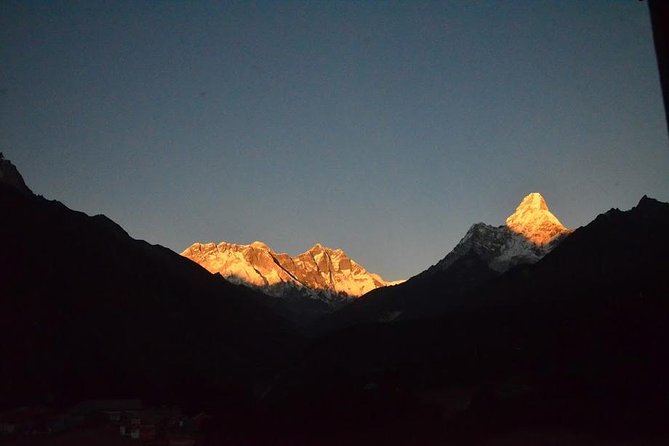
Customer reviews play a significant role in shaping the experience of those planning the Everest Base Camp trek. Many trekkers rave about their journeys, highlighting essential aspects that made their experience unforgettable:
-
Personalized support: Guides and staff adapt plans to meet individual needs.
-
Memorable encounters: Trekkers appreciate the warm hospitality from local communities.
-
Stunning landscapes: Breathtaking views of the Himalayas leave lasting impressions.
With an impressive 5.0 rating, feedback consistently praises Outdoor Himalayan Treks for their reliability and attention to detail.
Repeat customers share their satisfaction with Ram, the manager, and the dedicated guides. Such honest insights encourage new trekkers to embark on this adventure, knowing they’ll receive outstanding support throughout their journey.
Preparation Tips
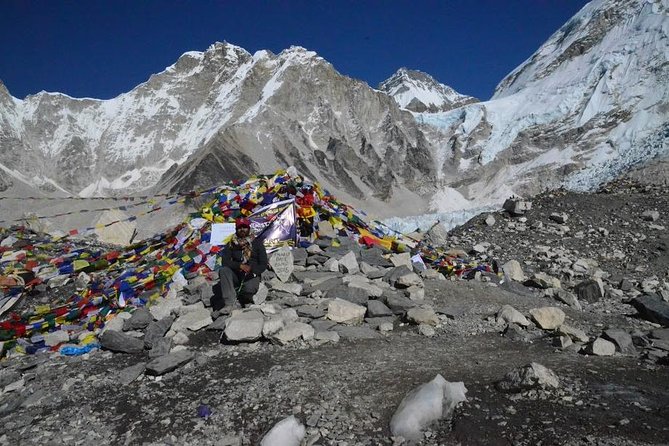
Preparing for the Everest Base Camp trek requires thoughtful planning and a proactive approach to ensure a smooth and enjoyable experience. Trekking enthusiasts should focus on physical conditioning, gear selection, and acclimatization strategies. Regular cardio workouts and strength training will build endurance, while choosing the right equipment can make all the difference.
| Aspect | Tips | Importance |
|---|---|---|
| Physical Fitness | Train 3-4 times a week | Enhances stamina |
| Gear Selection | Invest in quality gear | Ensures comfort |
| Acclimatization | Plan rest days strategically | Prevents altitude sickness |
Travel Safety Measures
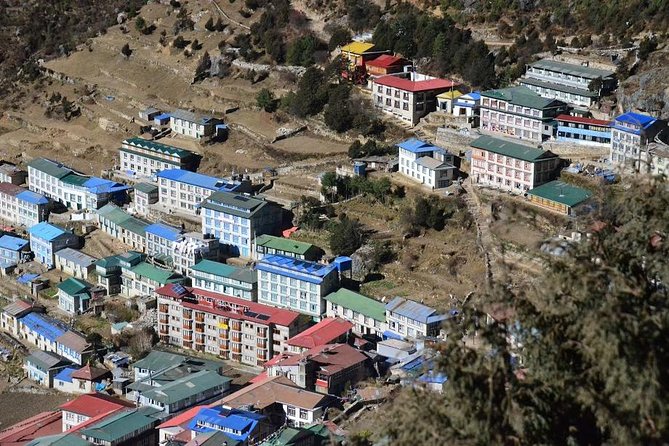
As trekkers get ready for the Everest Base Camp adventure, it’s important to consider travel safety measures that will enhance the overall experience.
These measures not only keep trekkers safe but also ensure they can fully enjoy the breathtaking landscapes and cultural encounters.
-
Hydration is key: Always carry enough water and consider using purification tablets.
-
Acclimatization days: Never skip these crucial rest days to help your body adjust to the altitude.
-
Stay connected: Use a reliable communication device to keep in touch with your guides and fellow trekkers.
Here's a few more nearby tours and experiences we think you'll like.
Frequently Asked Questions
What Is the Best Time to Trek to Everest Base Camp?
For a successful trek, he suggests visiting between late September and early November or March to May. These months offer stable weather, stunning views, and vibrant landscapes, ensuring a memorable adventure for trekkers.
How Can I Prepare for Altitude Sickness?
To prepare for altitude sickness, he recommends acclimatizing gradually, staying hydrated, and incorporating rest days. He also suggests consulting a physician about preventive medications, ensuring a healthy diet, and listening to one’s body throughout the trek.
What Kind of Gear Do I Need for the Trek?
For the trek, he needs sturdy hiking boots, layered clothing, a warm sleeping bag, trekking poles, a reliable backpack, and essential gear like a first-aid kit, headlamp, and water purification system. Smart packing ensures comfort.
Are There Internet and Phone Services Available During the Trek?
During the trek, internet and phone services are limited. Most trekkers find connectivity in major villages, but reliability varies. They recommend downloading important information beforehand and enjoying the digital detox amidst stunning mountain views.
Can I Hire a Private Guide for the Trek?
Yes, travelers can hire a private guide for the trek. Many local companies offer personalized services, ensuring tailored experiences and enhanced support throughout the journey. It’s a great option for those seeking individualized attention.
Not for you? Here's more of our most recent tour reviews happening neaby
- Trekkers & Hikers Spa Package by Heritage Spa
- Annapurna Base Camp Trekking – 14 Days
- Mera Peak Climbing
- 11 Days Private Nepal and Bhutan Tour
- Langtang Valley Trek
- Goisankunda, Trek of the Holy Lakes
- Nagarkot Sunrise View and Day Hiking From Kathmandu,Nepal
- Evening Photography Tour of Kathmandu
- Bhaktapur – Nagarkot Day Tour
- Dhulikhel to Namo Buddha Hiking via Crossing Local Village
- Nagarkot Day Trip
- Kathmandu Valley Sightseeing Day Tour
- Kathmandu: Nepali Cooking Class & Momo Making With Pickup
- Kathmandu Valley Temple Tour
- Langtang, Gosaikunda and Helambu Trek
The Sum Up
The Everest Base Camp Trek offers an unforgettable adventure filled with stunning scenery and rich cultural experiences. With careful preparation and a spirit of adventure, trekkers can conquer the challenges and soak in the breathtaking beauty of the Himalayas. From the warm hospitality of the Sherpa people to the awe-inspiring views of Everest, this trek leaves a lasting impression. So lace up those boots, embrace the journey, and make memories that’ll last a lifetime.
